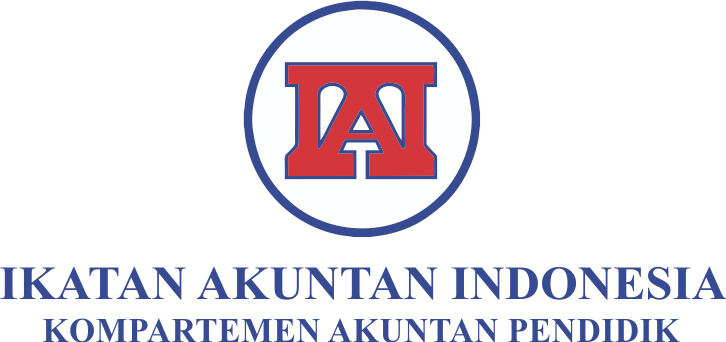Submissions
Submission Preparation Checklist
As part of the submission process, authors are required to check off their submission's compliance with all of the following items, and submissions may be returned to authors that do not adhere to these guidelines.- The submission has not been previously published, nor is it before another journal for consideration (or an explanation has been provided in Comments to the Editor).
- The submission file is in OpenOffice, Microsoft Word, RTF, or WordPerfect document file format. Not in PDF format. The submission must follow our article template.
- Where available, URLs for the references have been provided. It is recommended to use Mendeley as a referencing tool.
- The submitted manuscript must align with our policies including plagiarism policy, publication ethics, retraction policy, withdrawal policy, and other applicable policies.
- It is recommended for authors to self-check whether the manuscript is indicated for plagiarism. Editors may directly reject a manuscript with more than 25% of Turnitin similarity index before entering review processes.
- The manuscript adheres to the stylistic and bibliographic requirements outlined in the Author Guidelines.
- If submitting to a peer-reviewed section of the journal, the instructions in Ensuring a Blind Review have been followed.
Copyright Notice
Syarat yang harus dipenuhi oleh Penulis sebagai berikut:Penulis menyimpan hak cipta dan memberikan jurnal hak penerbitan pertama naskah secara simultan dengan lisensi di bawah Creative Commons Attribution License yang mengizinkan orang lain untuk berbagi pekerjaan dengan sebuah pernyataan kepenulisan pekerjaan dan penerbitan awal di jurnal ini.
Penulis bisa memasukkan ke dalam penyusunan kontraktual tambahan terpisah untuk distribusi non ekslusif versi kaya terbitan jurnal (contoh: mempostingnya ke repositori institusional atau menerbitkannya dalam sebuah buku), dengan pengakuan penerbitan awalnya di jurnal ini.
Penulis diizinkan dan didorong untuk memposting karya mereka online (contoh: di repositori institusional atau di website mereka) sebelum dan selama proses penyerahan, karena dapat mengarahkan ke pertukaran produktif, seperti halnya sitiran yang lebih awal dan lebih hebat dari karya yang diterbitkan. (Lihat Efek Akses Terbuka).
Privacy Statement
Introduction
Your privacy is important to EQUITY. This privacy statement provides information about the personal information that EQUITY collects, and the ways in which EQUITY uses that personal information.
Collection of personal information
Using personal information
- administer this website;
- personalize the website for you;
- enable your access to and use of the website services;
- process your manuscript;
- publish your manuscript;
- send to you communication about your manuscript; and
- send to you statements;
Securing your data
Updating this statement







